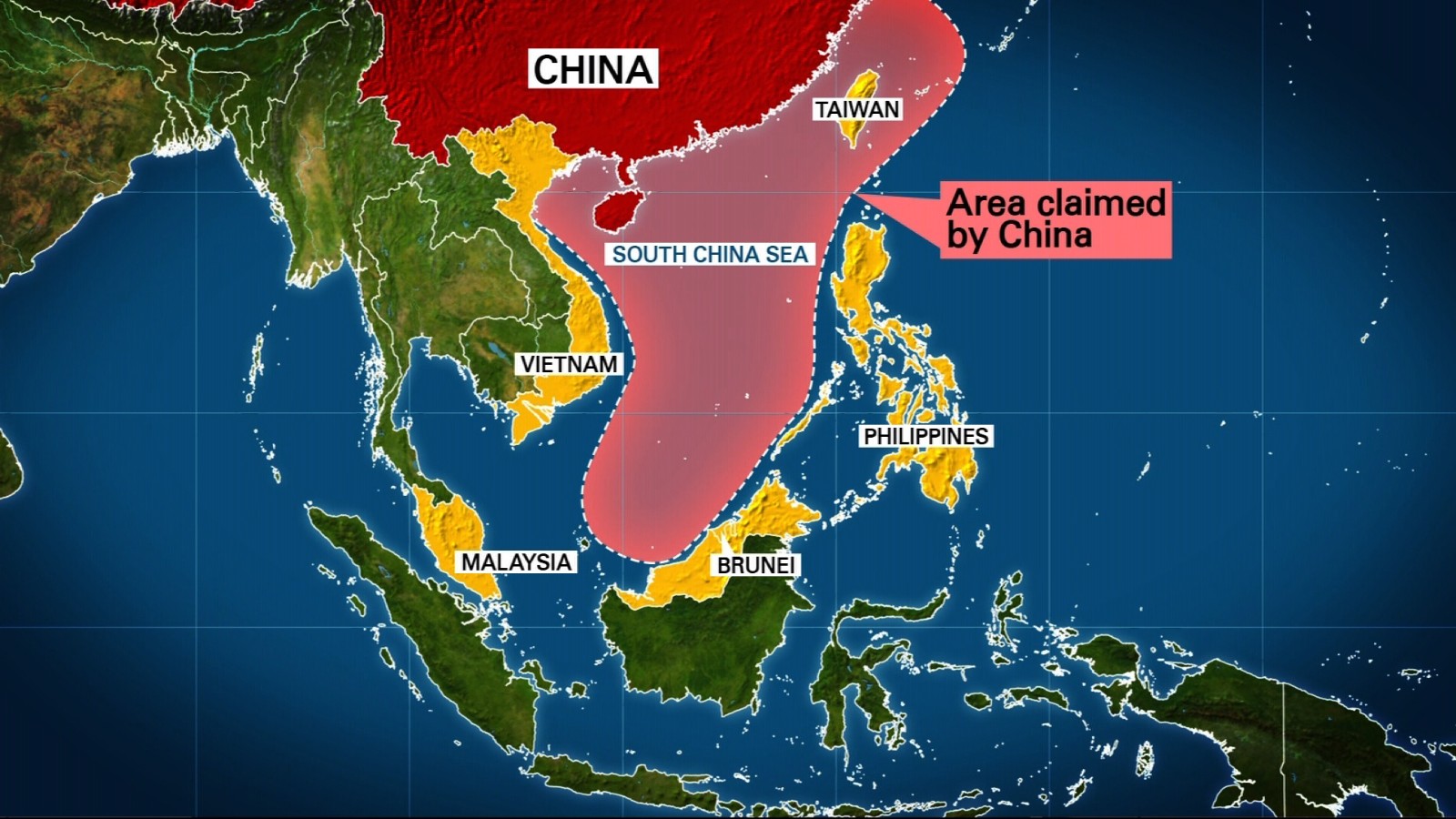Current Tensions in the South China Sea: Philippines and China
The South China Sea has become a focal point of escalating tensions between the Philippines and China, with recent developments indicating a potential flashpoint for conflict. The situation is characterized by a series of confrontations, military maneuvers, and diplomatic standoffs that have drawn international attention, particularly from the United States.
Recent Incidents and Military Movements
In a significant escalation, the Philippine military reported tracking 203 Chinese ships in contested areas of the South China Sea from August 27 to September 2, 2024. This marked the highest number of Chinese vessels recorded in the region this year, raising alarms about China's assertive maritime claims. The New York Times highlighted that these movements are part of China's broader strategy to dominate the South China Sea and push out Philippine presence.
Confrontations at Sea
One of the most alarming incidents occurred recently when a Chinese ship rammed a Philippine vessel while a crew from 60 Minutes was on board, capturing the confrontation live. This incident underscores the increasing aggressiveness of Chinese maritime forces and the potential for these encounters to escalate into more serious conflicts. The U.S. has expressed concerns that it could be drawn into a military clash between the two nations due to its mutual defense treaty with the Philippines.
Diplomatic Standoffs
In a related development, the Philippines withdrew a coast guard ship from a disputed shoal, the Teresa Magbanua, following a diplomatic standoff with China. This withdrawal was seen as a concession amid rising tensions, but Philippine officials insisted that they have not lost their claim to the area. The Philippine government has been vocal about its commitment to defending its territorial rights, despite the pressure from Chinese forces.

Ongoing Diplomatic Efforts
Despite the confrontations, both nations have engaged in diplomatic talks aimed at easing tensions. Recent meetings between U.S. and Chinese military leaders included discussions on the South China Sea, indicating that the situation is being monitored closely by global powers. The Philippines has also sought to strengthen its alliances, particularly with the U.S., to bolster its defense capabilities against Chinese aggression.
The Broader Context
The South China Sea is a critical maritime region, rich in resources and strategically important for global trade. China's expansive claims over almost the entire sea have been contested by several Southeast Asian nations, including the Philippines, Vietnam, and Malaysia. The U.S. has consistently challenged these claims, conducting freedom of navigation operations to assert international rights in the area.
International Reactions
The international community has reacted with concern to the rising tensions. The United Nations has called for peaceful resolutions to disputes, while various countries have expressed support for the Philippines in its territorial claims. The situation remains fluid, with potential implications for regional stability and international maritime law.

The ongoing tensions in the South China Sea between the Philippines and China highlight the complexities of territorial disputes in a region marked by historical grievances and national pride. As both nations navigate this precarious situation, the potential for conflict remains high, with global powers like the U.S. closely watching developments. The coming months will be crucial in determining whether diplomatic efforts can de-escalate the situation or if military confrontations will become more frequent.
For more detailed coverage, you can explore the following articles:
- China Pushes to Dominate the South China Sea
- Timeline of Clashes Between China and the Philippines
- China Rams Philippine Ship While 60 Minutes On Board
The situation remains dynamic, and continued monitoring is essential for understanding the implications of these developments on regional and global security.





